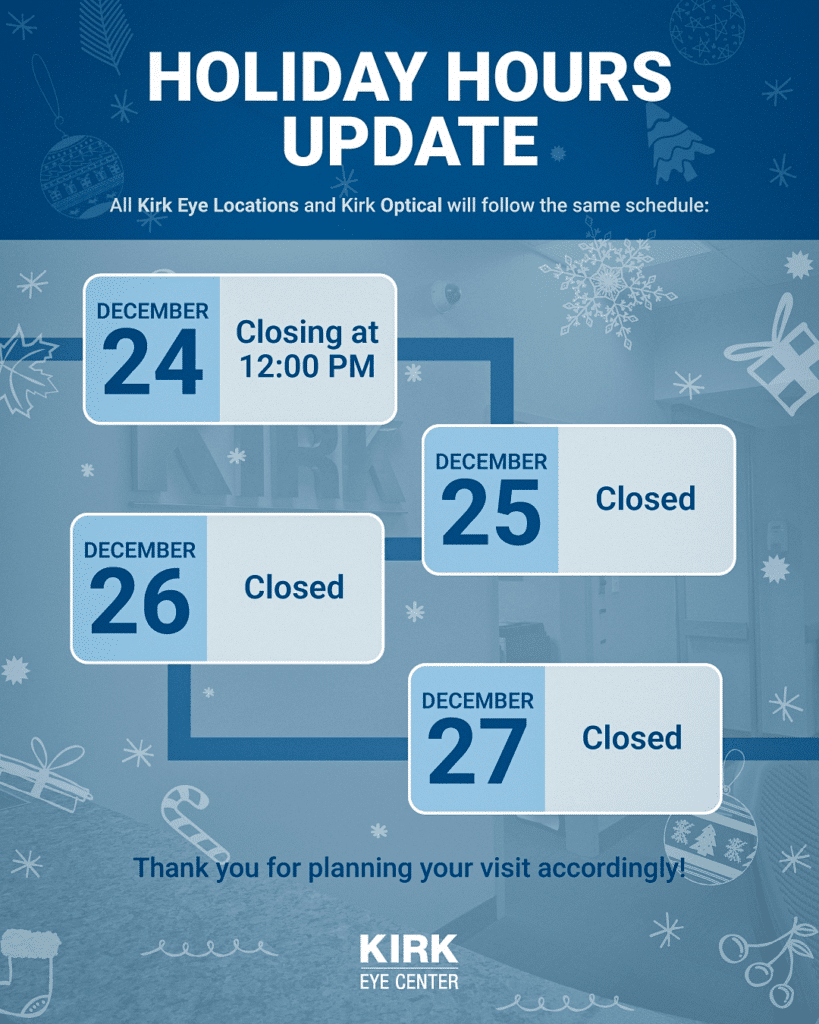Transcription
Tyler Kirk, MD: Sometimes we need to do a surgery for patients who have advancing glaucoma called a tube shunt. And this procedure allows filtration of fluid from inside the eye out to a reservoir that’s created underneath the white of the eye and in the periphery behind the eye muscles. It’s hidden from view, but allows fluid to filter from the eye out to this reservoir and able to allow patients’ pressure to become under better control and allow their glaucoma to hopefully be halted from progression. We’ve been very excited about the fact that there’s been some recent advances and new options available for our patients in order to help control their pressure while having concurrent cataract surgery. Oftentimes people with cataract who are currently being treated for glaucoma and may even have well controlled glaucoma would like the option of being able to reduce or get off of all of their glaucoma medications.
And these minimally invasive procedures allow us that opportunity. It’s exciting to be able to offer patients something that allows them the freedom to be away from their drops. And so, this allows decreased dependence upon drops by being able to use procedures like the endoscopic cyclophotocoagulation procedure, where we use an endo probe, where we’re able to go inside the eye during the cataract operation and treat the ciliary processes, which sit behind the iris and create the fluid that’s causing the pressure to be too high. We’re able to treat those processes and allow them to decrease the secretion of fluid. That brings the pressure down and allows their glaucoma to be under better control. The other options that we have are at the angle of the eye between the cornea and the iris and we can place in there a stent, and that stent has recently been approved by the FDA and it’s been shown in several studies to decrease the pressure in those patients who have this procedure done concurrently with cataract surgery. And so, it’s exciting to be able to offer new options that can help better control glaucoma for these patients.


